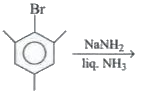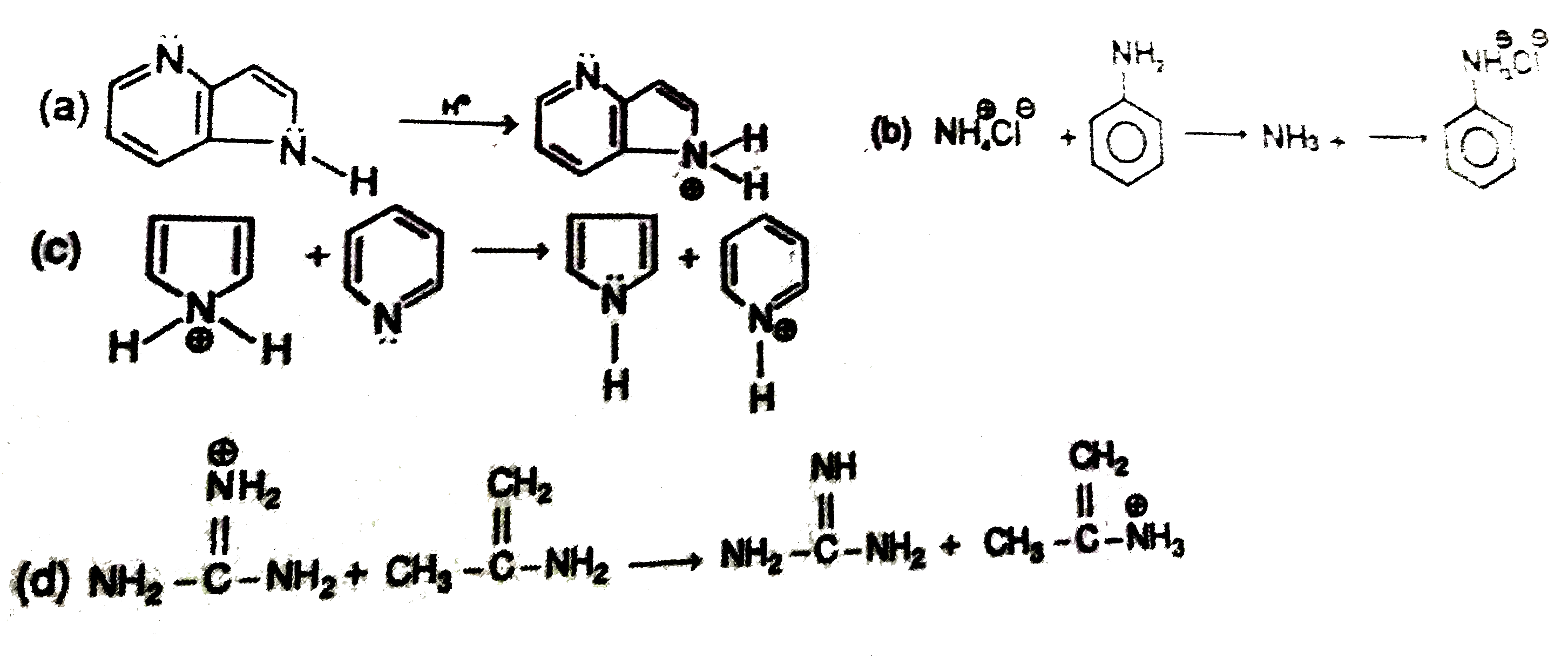Which of the following reaction is not feasible?
2KI+Br2→3KBr+I2
2KBr+I2→2KI+Br2
2KBr+Cl2→2KCl+Br2
2H2O+2F2→4HF+O2
The correct Answer is:B
To determine which of the following reactions is not feasible, we need to analyze the reactivity of the elements involved in each reaction. The elements in question are halogens (F, Cl, Br, I) and oxygen (O).
1. Identify the Reactivity Order:
- The halogens are arranged in the order of their reactivity:
- Fluorine (F) > Chlorine (Cl) > Bromine (Br) > Iodine (I).
- Oxygen (O) is also highly reactive, but it belongs to Group 16, and its reactivity is generally higher than that of the halogens.
2. Understand Single Displacement Reactions:
- In single displacement reactions, a more reactive element can displace a less reactive element from a compound.
3. Analyze Each Reaction:
- Reaction 1: KBr + I2 → KBr (Bromine displaces Iodine)
- This reaction is feasible because bromine is more reactive than iodine.
- Reaction 2: KBr + Cl2 → KCl + Br2 (Chlorine displaces Bromine)
- This reaction is feasible because chlorine is more reactive than bromine.
- Reaction 3: 2K + O2 → 2K2O (Potassium displaces Oxygen)
- This reaction is feasible as potassium is highly reactive and can react with oxygen.
- Reaction 4: KBr + I2 → KBr (Iodine tries to displace Bromine)
- This reaction is not feasible because iodine is less reactive than bromine and cannot displace it.
4. Conclusion:
- The reaction that is not feasible is the one where iodine attempts to displace bromine, which is the second reaction: KBr + I2 → KBr.
Final Answer:
The reaction that is not feasible is KBr + I2 → KBr.
- The halogens are arranged in the order of their reactivity:
- Fluorine (F) > Chlorine (Cl) > Bromine (Br) > Iodine (I).
- Oxygen (O) is also highly reactive, but it belongs to Group 16, and its reactivity is generally higher than that of the halogens.
- In single displacement reactions, a more reactive element can displace a less reactive element from a compound.
- Reaction 1: KBr + I2 → KBr (Bromine displaces Iodine)
- This reaction is feasible because bromine is more reactive than iodine.
- Reaction 2: KBr + Cl2 → KCl + Br2 (Chlorine displaces Bromine)
- This reaction is feasible because chlorine is more reactive than bromine.
- Reaction 3: 2K + O2 → 2K2O (Potassium displaces Oxygen)
- This reaction is feasible as potassium is highly reactive and can react with oxygen.
- Reaction 4: KBr + I2 → KBr (Iodine tries to displace Bromine)
- This reaction is not feasible because iodine is less reactive than bromine and cannot displace it.
- The reaction that is not feasible is the one where iodine attempts to displace bromine, which is the second reaction: KBr + I2 → KBr.
The reaction that is not feasible is KBr + I2 → KBr.
Similar Questions
Knowledge Check
Which of the following reactions is not feasible?
A B
B C
C D
D
Which of the following reactions are not feasible?
A B
B C
C D
D
Which one of the following reactions is not a redox reaction ?
AH++OH−→H2OBZn+2HCl→ZnCl2+H2C12H2+12Cl2→HClDZn+12O2→ZnO


